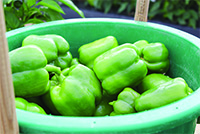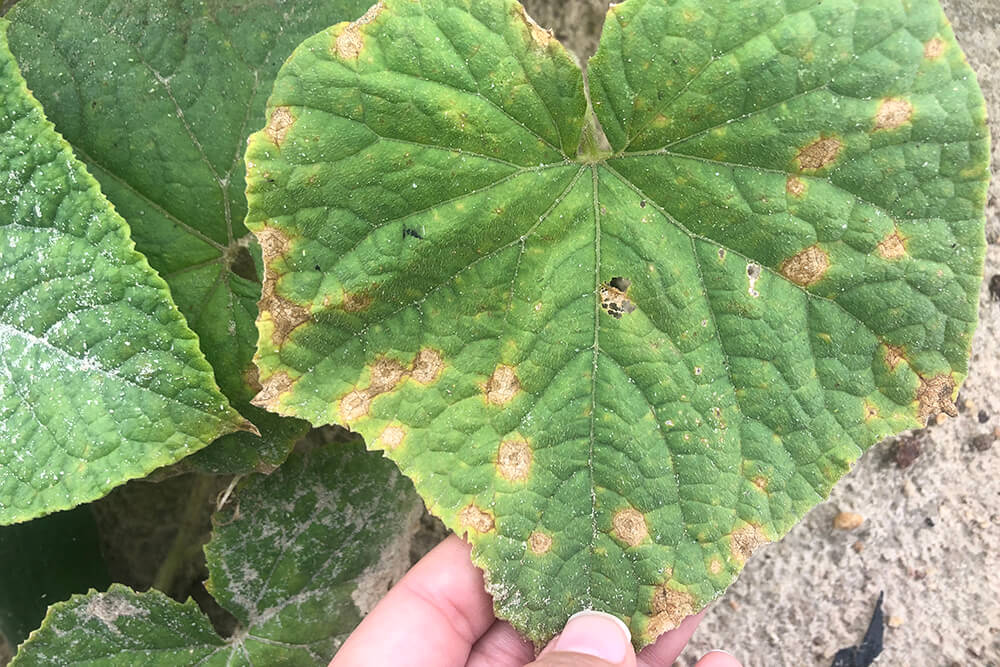While commercial bell pepper producers grow this popular vegetable on fumigated plastic mulch beginning in early March, home gardeners in south and central Georgia should plant them in early to mid-April, according to University of Georgia Cooperative Extension vegetable horticulturist Tim Coolong.
He advises north Georgia residents, particularly those who are located at high elevations, to wait until early May before planting.
Bell peppers self-pollinate and grow best in warm-to-hot conditions in full sunlight. They don’t tolerate cool or wet soil.
The plastic that commercial growers use helps keep soil temperatures up if cool weather occurs in March and early April. Gardeners who plant the crop in bare ground should wait until the middle of spring.
“Bell peppers are not difficult to grow in the spring, but commercially, there are a lot of inputs involved in their production,” Coolong said. “Our climate here in the South is conducive to the successful growth of bell peppers.”
If they are planted in early spring, bell peppers are typically ready for first harvest between 75 and 84 days. The cooler weather slows the growing process. In the fall, bell peppers can be harvested about 65 days after they are planted.
A good-yielding pepper plant may produce up to seven or eight, 8-ounce jumbo peppers. Bell peppers need well-drained soil that receives between eight and 10 hours of sunlight per day, according to the UGA Extension Circular 1005, “Home Garden Peppers.” Peppers should be planted between 12 and 24 inches apart in a row, and rows should be about 3 feet apart.
Peppers’ root zone is fairly shallow. Most roots are in the top 6 to 10 inches of soil. This shallow root zone means that consistent watering is critical for proper fruit set and development, Coolong said.
Bell peppers are typically harvested when they’re green. Cut the stems to avoid breaking the branches. Peppers left on the plant after reaching full size become red as they mature. These peppers are sweeter than green peppers.
Gardeners should look for diseases and disorders commonly associated with bell peppers, namely blossom-end rot, a disorder characterized by a brown rot at the blossom end of the fruit. Bacterial leaf spot is another problem disease in peppers, although leaf-spot-resistant peppers are currently available.
“We also have problems with phytophthora, a disease we still have in watermelons. It’s the same disease, it just attacks the bell pepper plant and fruit instead of just the fruit, as is the case with melons,” Coolong said.
Store bell peppers in the refrigerator for two to three weeks. To freeze bell peppers, wash them thoroughly, cut them into strips, spread them out on a tray, then freeze them. Once the peppers are fully frozen, transfer them into plastic bags and store the bags in the freezer.
The UGA Extension guide to growing peppers is available online at http://bit.ly/2GOKBwr.







